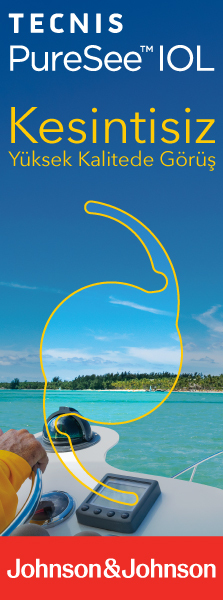2MD, Department of Ophthalmology, Ankara Ulucanlar Eye Education and Research Hospital, University of Health Sciences, Ankara, Türkiye DOI : 10.37844/TJ-CEO.2024.19.9 Purpose: This study aimed to present the characteristics of deeply embedded metallic corneal foreign bodies using anterior segment optical coherence tomography (AS-OCT).
Materials and Methods: The study included one eye of 163 patients who presented with a deeply embedded, metallic corneal foreign body to an ophthalmological emergency clinic. All patients were assessed using anterior segment photographs and AS-OCT to determine the characteristics of the foreign bodies and wound features. All foreign bodies were removed, and wound debridement was performed.
Results: The study population included 160 men and 3 women with a mean age of 32.1±8.4 years. The mean diameter of the foreign body and burn halo were 776.8±21.1 ?m and 1299.6±54.2 ?m, respectively. The mean areas of the foreign body and burn halo were 0.41±0.14 mm2 and 0.81±0.32 mm2. The mean foreign body penetration depth was 141.0±26.0 ?m. During follow-up, there was no corneal foreign bodies-related keratitis in any patients. A decrease in visual acuity was observed in all patients with central cornea involvement. In these cases, the mean final visual acuity was 20/25 (20/20 to 20/32).
Conclusion: This study showed that AS-OCT can define characteristics of corneal wounds associated with metallic foreign bodies. By detecting the diameter and depth of the foreign body in AS-OCT images, the size of the corneal scar that will occur after the injury can be predicted. Being able to make this estimation is critical, especially in centrally located foreign bodies, as it will reduce visual acuity.
Keywords : Anterior segment optical coherence tomography, cornea, metallic foreign body, corneal scar




